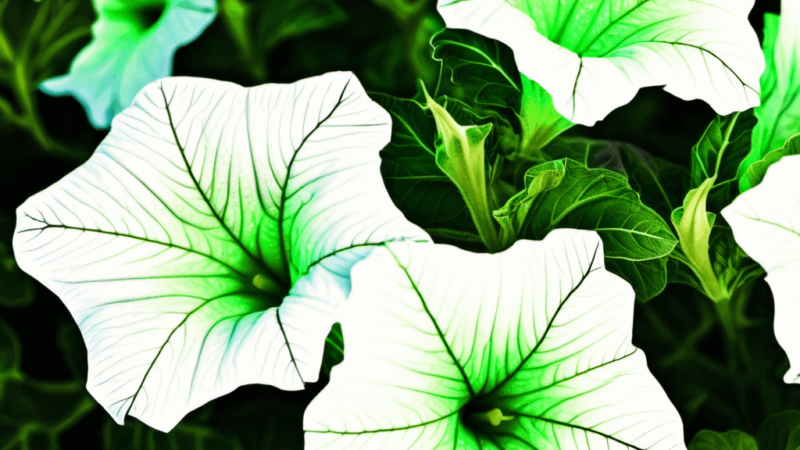Why do avocados have such big seeds?
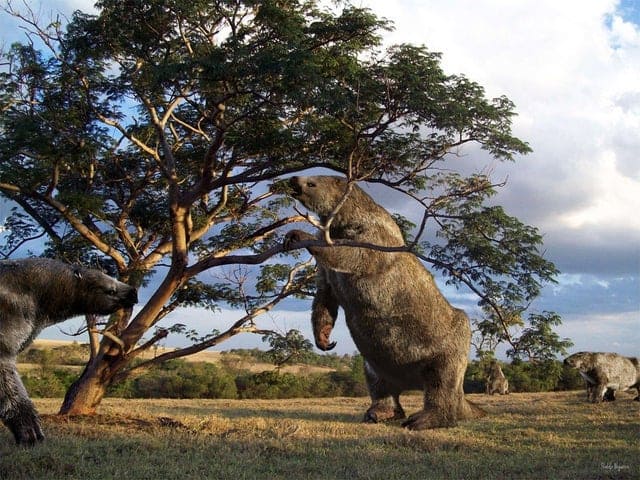
The thought may have occurred to you when preparing your guacamole and cutting into an avocado as your knife slips when it hits the enormous stone*, as to why the avocado has such a big seed?
The thought also occurred to evolutionary biologist Daniel H Janzon in 1977 when, from his field-lab in Costa Rica he noticed how many large-seeded fruit lay rotting on the forest floor. It didn’t seem to him like a particularly effective seed-dispersal technique. Shouldn’t an animal eat the fruit and pass it out further away from the parent where there would be less competition for light, water and nutrients? No animals existed that could swallow such a big fruit. But what about in the past?
In the Pleistocene era, when there were great wondrous mammals such as the ten-tonne Steppe mammoth, the Elasmotherium giant rhino with it’s metre-long horn, the sabre tooth cat, the dire wolf and even the giant Kangaroo, there might have been something that ate these large-seeded fruits.
Hanzon proposed that the avocado, among many other fruits including mangos and peaches, was an ‘evolutionary anachronism.’ The avocado had evolved a symbiotic relationship with a mammal that had gone extinct, most likely the Giant Ground Sloths and Mammoth-like gomphotheres that roamed South America 13,000 years ago. Only these animals would have a strong-enough liver and gut enzymes to cope with the toxic avocado pit.
The avocado, like many plants, uses endozoochory (seed dispersal via ingestion by vertebrate animals), the acids of the animal’s stomach break down the seed and help it to germinate.
Only larger mammals, such as the Giant Ground Sloth, would have wide enough alimentary canals to allow them to swallow the fruit, seed and all. The stratified seed would be passed out in a heap of nutritious dung, far away from the parent plant, ready to grow into a lovely new avocado plant.
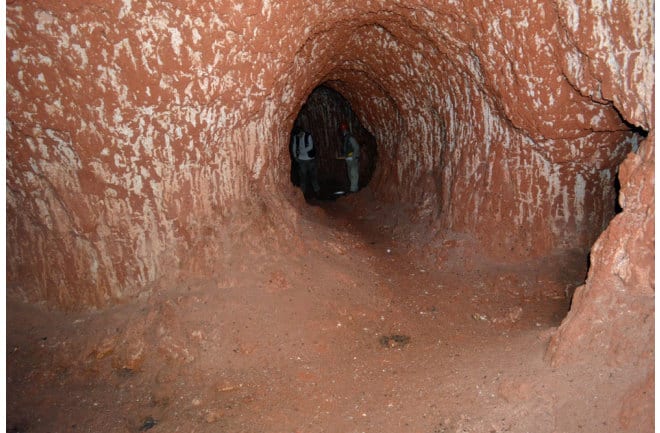
The Giant Ground Sloth or Megatherium, endemic to South America, was about 6 metres long and weighed 4.5 tonnes. It would have gobbled up the avocadoes like we eat grapes. However, along with 80% of megafauna (large mammals), it went extinct around 11,000 years ago, coinciding with the increase in human hunters.
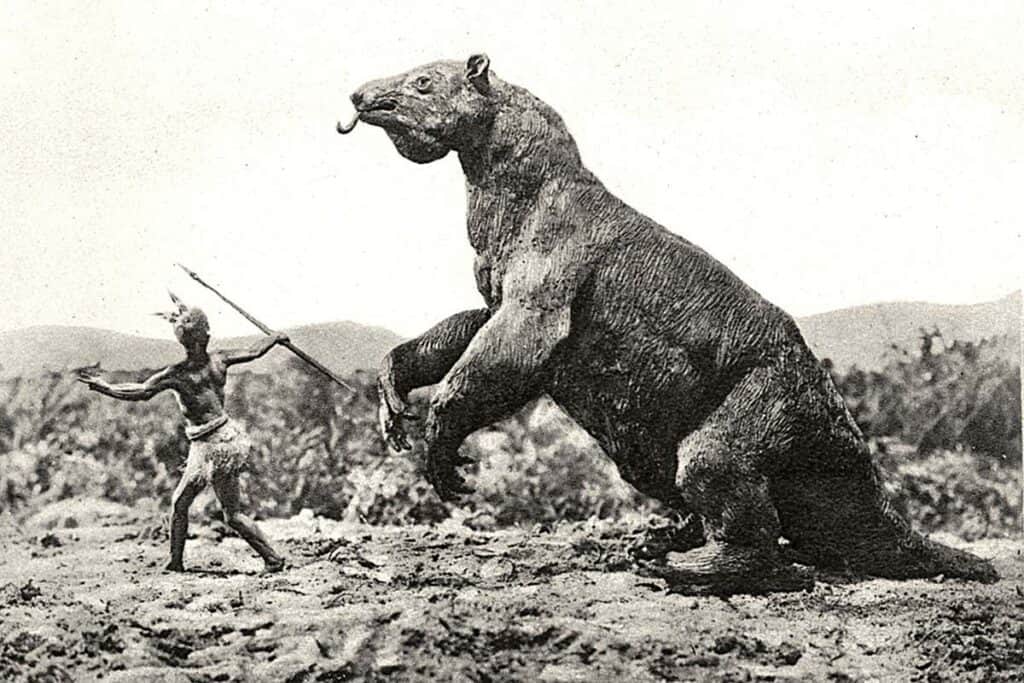
So how has the avocado lived on? Why didn’t it go extinct with the Ground Sloth? Well, the wild avocado is indeed at risk. According to the International Union for the Conservation of Nature’s (IUCN) red list of threatened plants and animals, three in five avocado species are at risk. However, since humans arrived just around the time that the Giant Sloth went extinct, they began to cultivate and domesticate the avocado, developing avocados with smaller seeds, more edible flesh and thinner skins. Around the turn of the 20th century westerners discovered how easy it was to cultivate avocadoes from cuttings (rather than seed) and began planting vast orchards in California where most American avocados are now grown.
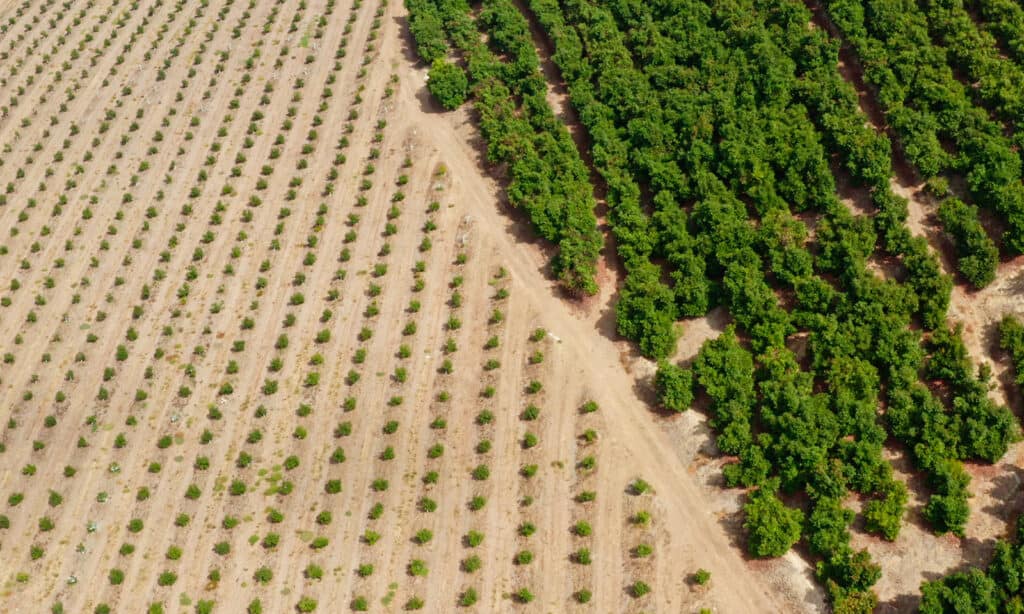
*There were an estimated 50,413 avocado-related knife injuries between 1998 and 2017. This type of injury is so widespread it has become known as ‘avocado hand’
Sources:
https://en.wikipedia.org/wiki/Megatherium
https://en.wikipedia.org/wiki/Evolutionary_anachronism
Avocado-related knife injuries: Describing an epidemic of hand injury
https://en.wikipedia.org/wiki/Megafauna
Science -What Killed the Great Beasts of North America?
Why the Avocado Should Have Gone the Way of the Dodo – Smithsonian Magazine
Anachronistic Relationships – American Institute of Biological Sciences





